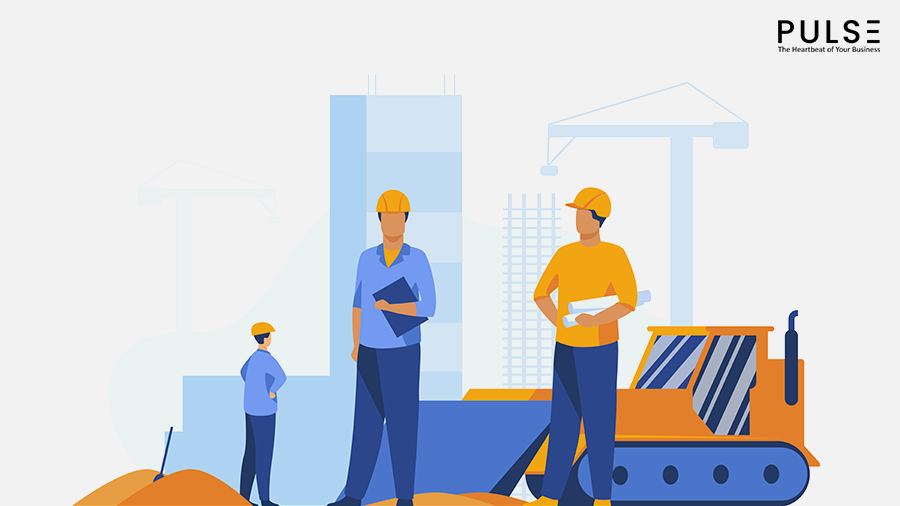Workplace safety is essential, especially if you are working on a construction site. Critical injuries are quite common on a construction site. Therefore, it is crucial to have some protocols to prevent fatalities and any injuries.
Different kinds of mishappenings can take place at a construction site. The injuries can be both minor and major, depending on the accident that might take place. Some of the most common accidents that can occur on construction sites are as follows:
- Falls
- Colliding or struck by objects
- Caught by machinery
- Electrocution
This list is not exhaustive. Minor cuts or burns can also occur on the site. Some accidents can also lead to deaths. Therefore, keeping a check on the construction site is very important. You must be mindful of the potential injuries and accidents and then prepare a safe workplace for workers or any other person who visits the construction site. People managing the construction site should use advanced inspection tools like Pulse that help the people self-audit their construction site or place of work and weave a workplace safety ecosystem around. Using such apps can help in immediate inspection and act to rectify faulty equipment or reduce the number of accidents on site.
Ways to avoid critical injuries on the construction site
1. Safety equipment to be provided to all the employees or workers
The safety equipment is a mandatory element if you are working on a construction site. The employees’ education is essential if you want to ensure the safety of workers on a construction site. All safety standards and potential hazards should be communicated to the workers well in advance so that they remain cautious of such incidents. The health policies should also be reviewed by the workers, so they are aware of the threats involved in the process. The workers should not be allowed to touch any equipment if they are not aware of how to use it.
2. Conducting crew safety meetings regularly
Construction sites are risky spaces. Therefore, workers should conduct the meetings almost daily to keep a check on how the workers are doing. Also, a meeting is the best way to go if you are going to commence high-risk work. Employees should motivate each other and remind each other of the safety protocols. Meetings also ensure that you address the relevant issues before things go out of hand.
3. Make use of protective gear and clothing
Clothing plays a vital role if you are working on a construction site. The workers should wear protective gear and clothing recommended for their jobs at all times. Such clothing and protective gadgets mainly include goggles, protective suits, steel toed shoes, etc. They must also wear wide-brim hard hats to keep the sunlight off their body while working.
4. Organize and clean the site regularly
The chances of accidents are reduced if the construction site is organized and cleanliness is maintained. If the gadgets and equipment are placed at the designated spot, accidents can be easily avoided, as workers won’t hit an object or trip in the dark. Keeping the site free of any kind of debris will keep them safe from slips and falls as well.
5. Regular maintenance of machines and equipment
Machines are man-made and prone to different kinds of malfunctioning or failures. Therefore, it is important to regularly call up the maintenance people and get your equipment or machinery checked. Workers can get trapped in machinery. Therefore, they should be periodically checked. Broken parts should be replaced or repaired at the earliest, as they have the potential to cause serious injuries too.
6. Plan
A construction site should have the main plan and a few backup plans in place as the place is prone to accidents and fatalities. A risk assessment of the site must be conducted to understand the potential risks involved and come with alternatives or workplace safety measures if possible.
Software like Pulse should be used by the workers at a construction site to self assess the risks involved and then get the equipment replaced or repaired accordingly.
